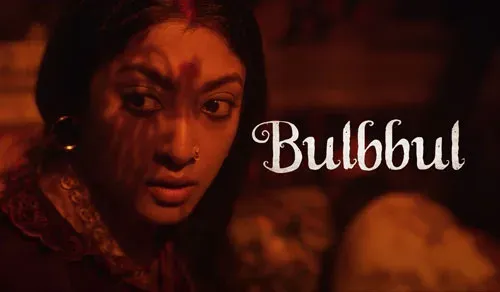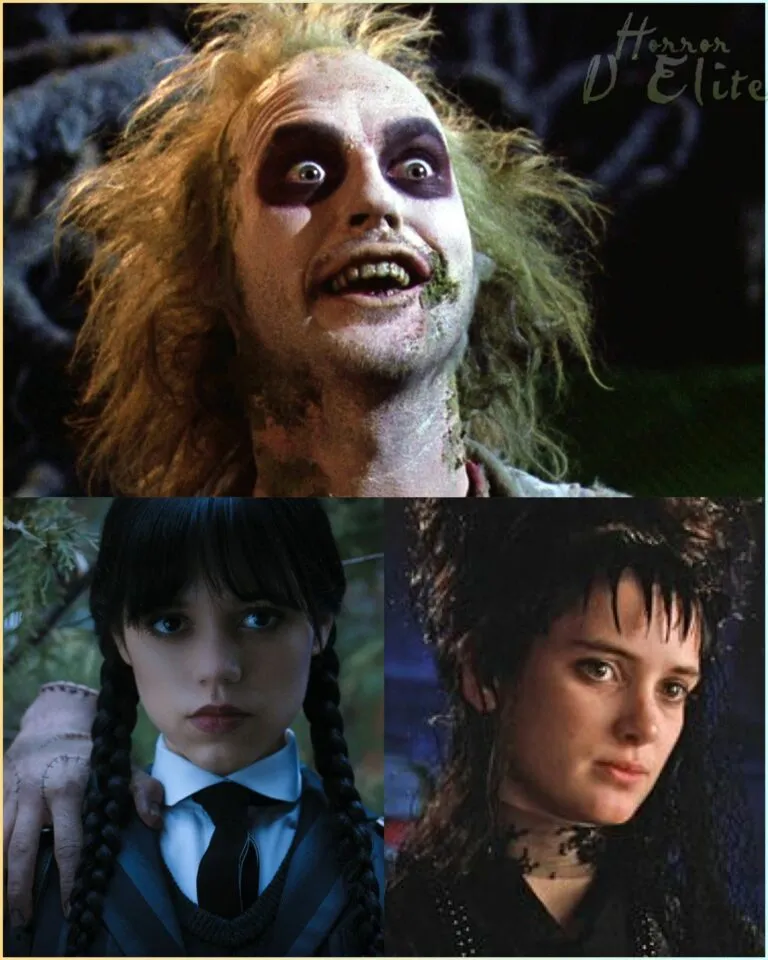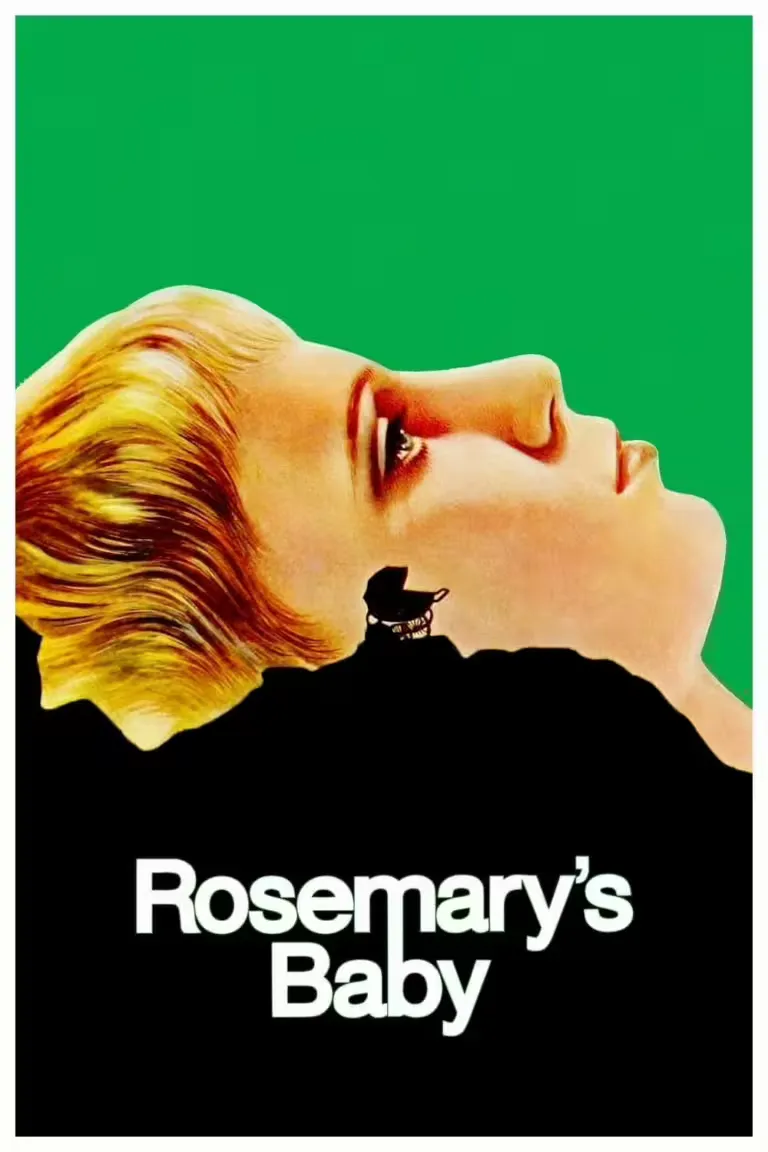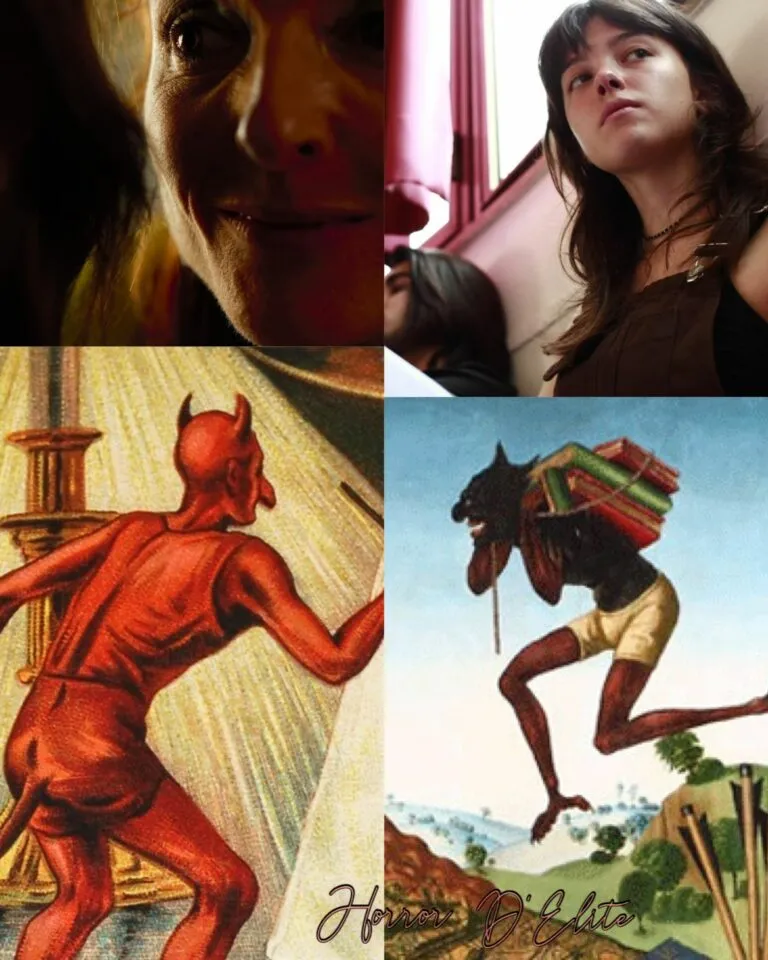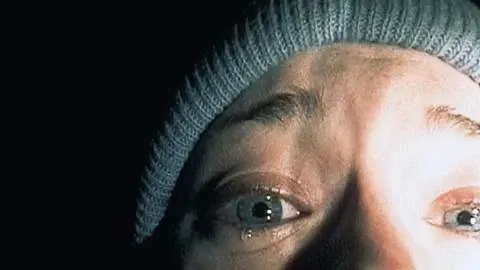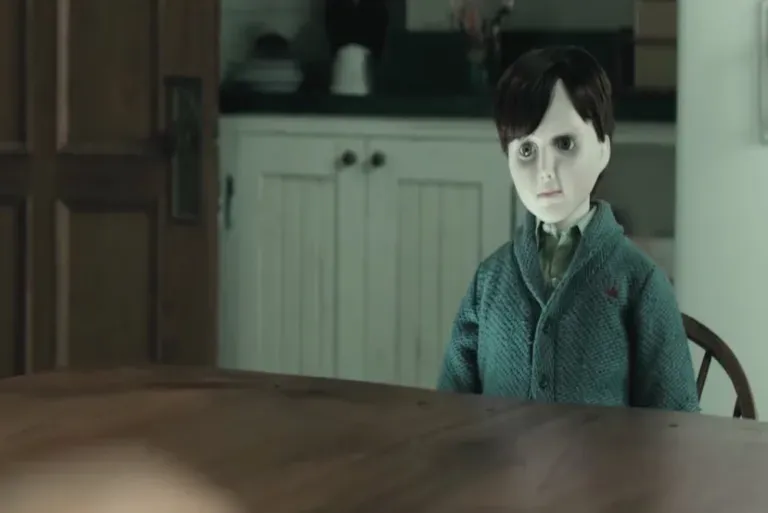Bulbbul
Original Title: Bulbbul
Director: Anvita Dutt Guptan
Genre: Horror, Fantasy, Drama
Country of Production: India
Duration: 94 minutes
Introduction
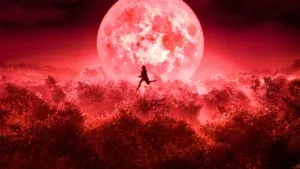 “Bulbbul” is a 2020 Indian film directed by Anvita Dutt Guptan and produced by Anushka Sharma and Karnesh Ssharma under their production house, Clean Slate Filmz. This horror fantasy film is set in 19th century Bengal and tells a story wrapped in folklore and local traditions. With a gripping plot and breathtaking cinematography, “Bulbbul” explores themes of patriarchy, female emancipation, and social justice.
“Bulbbul” is a 2020 Indian film directed by Anvita Dutt Guptan and produced by Anushka Sharma and Karnesh Ssharma under their production house, Clean Slate Filmz. This horror fantasy film is set in 19th century Bengal and tells a story wrapped in folklore and local traditions. With a gripping plot and breathtaking cinematography, “Bulbbul” explores themes of patriarchy, female emancipation, and social justice.
Plot
The story opens with the childhood of Bulbbul, a child bride promised in marriage to the wealthy Indranil, a landowner. Bulbbul’s life changes drastically when she is brought to Indranil’s ancestral home, where she grows up alongside Indranil’s younger brother, Satya, with whom she develops a deep bond.
As the story progresses, Bulbbul grows into an elegant and mysterious woman. Satya, who had been sent to London to study, returns after many years to find the family estate changed. Indranil is absent, the younger brother Mahendra has died under mysterious circumstances, and Mahendra’s wife, Binodini, lives in a state of submission. The village has witnessed several murders, and the population is terrified by a supernatural presence roaming the forest: a witch (chudail).
Satya begins investigating the murders, suspecting that there is something sinister behind Bulbbul’s apparent tranquility. During his investigation, the traumatic details of Bulbbul’s past emerge: the domestic violence inflicted by Indranil and the brutality of Mahendra, leading to her dramatic transformation into the supernatural avenger feared by the village.
Main Themes
Patriarchy and Female Oppression
“Bulbbul” directly addresses the theme of patriarchy and female oppression. The protagonist, Bulbbul, represents women who are victims of abuse and injustice within a patriarchal society. Her transformation from a victim to a vengeful supernatural figure is a powerful metaphor for the struggle for emancipation and justice.
Emancipation and Resilience
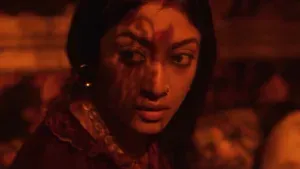 The film celebrates women’s resilience through the character of Bulbbul, who, despite the atrocities she suffers, finds the strength to fight and protect other women. Her evolution from an innocent young bride to a powerful figure of justice underscores the importance of female emancipation and resistance against injustices.
The film celebrates women’s resilience through the character of Bulbbul, who, despite the atrocities she suffers, finds the strength to fight and protect other women. Her evolution from an innocent young bride to a powerful figure of justice underscores the importance of female emancipation and resistance against injustices.
Folklore and the Supernatural
The use of Indian folklore, particularly the legend of the chudail, adds a supernatural dimension to the narrative. The chudail, with her feet turned backward and her thirst for revenge, embodies local fears and superstitions while offering a social critique on the demonization of strong, independent women.
Character Analysis
Bulbbul (Tripti Dimri)
Bulbbul is the heart of the film. Masterfully portrayed by Tripti Dimri, Bulbbul is a complex character who evolves from an innocent young bride to a mysterious and powerful figure. Her transformation is the focal point of the narrative, and her journey of emancipation and revenge is told with great emotional intensity.
Satya (Avinash Tiwary)
Satya is Indranil’s younger brother and Bulbbul’s childhood friend. His return to the village and subsequent investigation into the murders provide an external perspective on the events. Satya represents reason and doubt, but also initial ignorance regarding Bulbbul’s suffering.
Binodini (Paoli Dam)
Binodini is Mahendra’s widow and a key character representing submission and intrigue within the family. Her jealousy and manipulations add depth to the plot, showcasing the complex dynamics of female relationships in a patriarchal context.
Indranil (Rahul Bose)
Indranil is Bulbbul’s husband and the main human antagonist. His brutality and control over Bulbbul are representative of oppressive patriarchy. His absence for much of the film underscores Bulbbul’s emotional abandonment and isolation.
Cinematography and Soundtrack
 The cinematography of “Bulbbul,” curated by Siddharth Diwan, is one of the most acclaimed aspects of the film. The use of vibrant, saturated colors, particularly red, creates a visually fascinating and symbolic atmosphere. The misty landscapes and nighttime scenes enhance the supernatural and mysterious tone of the story.
The cinematography of “Bulbbul,” curated by Siddharth Diwan, is one of the most acclaimed aspects of the film. The use of vibrant, saturated colors, particularly red, creates a visually fascinating and symbolic atmosphere. The misty landscapes and nighttime scenes enhance the supernatural and mysterious tone of the story.
The soundtrack, composed by Amit Trivedi, further enriches the visual and emotional experience of the film. The music underscores moments of tension and emotion, helping to create an eerie and immersive atmosphere.
Critical Reception
“Bulbbul” was positively received by critics for its compelling narrative, powerful performances, and stunning cinematography. Critics praised Anvita Dutt Guptan for her direction and for addressing important themes such as female oppression and revenge through a supernatural lens.
However, some critics noted that the film could have further explored certain aspects of the plot and characters. Despite this, “Bulbbul” is considered a significant contribution to contemporary Indian cinema, especially in the horror genre.
Conclusion
“Bulbbul” is a film that skillfully blends folklore, drama, and horror to tell a story of emancipation and revenge. Director Anvita Dutt Guptan creates a rich and evocative world where visual beauty intertwines with deep and relevant themes. With its compelling narrative and powerful performances from the cast, “Bulbbul” stands out as a cinematic work that invites reflection and celebrates the strength and resilience of women.

